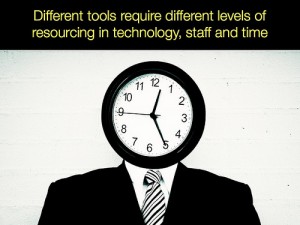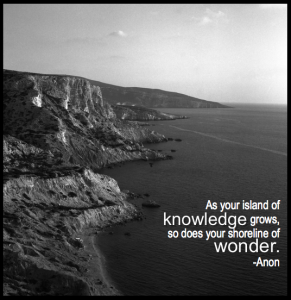
As part of Pennsylvania’s Inspired Leadership (PIL) program, as a principal I have the opportunity to participate in professional development sessions offered through the National Institute for School Leadership.
I’m now involved in the fourth and final course of the program, which includes three units: The Principal as Driver of Change, Leading for Results, and a culminating simulation.
The program is comprehensive, and over the past few years I’ve experienced sessions that have greatly enhanced my understanding of my role as a leader, and others that have barely made an impact on my practice. Sessions are led by various educational professionals, both retired and practicing administrators, and I can definitely say the quality of the session and my learning is highly dependent upon the skills of the facilitators. (Sound familiar?)
Another potential beneficial aspect of these sessions is the ability to network with other principals and administrators in our local area. The most meaningful time in our days of coursework came when we were given the opportunity to talk, at length, with our colleagues. Not all sessions are designed in this fashion, and in far too many we were being “spoken to” rather than actually involved in the conversations. While the curriculum itself was designed with a purpose, in some sessions, the needs of the participants clearly varied greatly than what was delivered. (Evident by audible sighs and grumblings.) On those days, most of us were busting at the seams to talk to one another about actual situations we were experiencing, roadblocks we were encountering, and just reaching out for a general sense of support from someone in our role who “gets it.” Just this week I had the chance to talk about the Daily Five with another elementary principal who was looking for a literacy framework for her school. She had never heard of it, and without the opportunity to discuss ideas with one another, she would have left the session not knowing it existed.
In my first few courses, taken about two years ago, we were given strict instructions to “power down.” That, obviously, didn’t go over well with me, or the other 30 principals in the room who were out of their buildings during the school day and who felt a need to be connected to their buildings. For me, I obviously wanted the immediate access to information. If a facilitator mentioned a great book I should read, I was forced to write the title down on the side of a piece of paper located in my ginormous binder of resources (the contents of which are difficult to easily reference and share with others) rather than quickly access it on Amazon and add it to my wish list or add it to my Shelfari list.
After that first adamant directive: “Turn off your devices, folks,” I was brutally honest when completing the session evaluation that afternoon. The devices give us access to information; some people learn very effectively in that manner; we’re principals whose schools are in session and our people need to be able to contact us; oh, yeah, and WE’RE ADULTS. Day 2? They changed their tune. “We understand some of you might use your devices to take notes or access information, so you may use them, just please be respectful of others in the group.” There’s an idea.
On subsequent evaluations I always mention the need for a course that includes learning about the role of the connected educator and the need for skills in networking and familiarity with technology and innovative teaching and learning practices. In one session I was given 15-20 minutes at the end of the day to promote the use of social networks in education, and from that talk I convinced a handful of folks to give Twitter a try and work to update some of their school communications. But even this past week, when asked by the facilitator, “Who among you are using social media for the task of communicating with parents and staff?” (the thought of using it for professional growth wasn’t even mentioned), my hand raised, and after my explanations I again answered questions about safety, fear regarding negative comments on blogs, etc. I’m not surprised, considering the facilitator began her social media discussion by sharing how 9th graders in her school used Facebook to coordinate an end-of-the-year food fight, and it was clear the majority of the blame fell on the tool, not the individuals involved.
So, on one hand, the NISL folks are telling us how the US is lagging behind other countries in so many areas of educational performance, including global awareness, and on the other hand, many facilitators admonish the use of the tools that can GET US CONNECTED.
We leave the sessions, the only connection we have to one another are our shared conversations and a mass email list that goes out to remind us of the session assignments and location. There would be great benefit in developing an online, interactive portal in which participants could network. One time, we tried setting up a cohort wiki, but it didn’t take. I understand there’s a tremendous cost involved to the state for funding this type of professional development for administrators, and perhaps therein lies the problem. We’re neglecting the use of the free and on-demand tools that can connect us together in learning.









